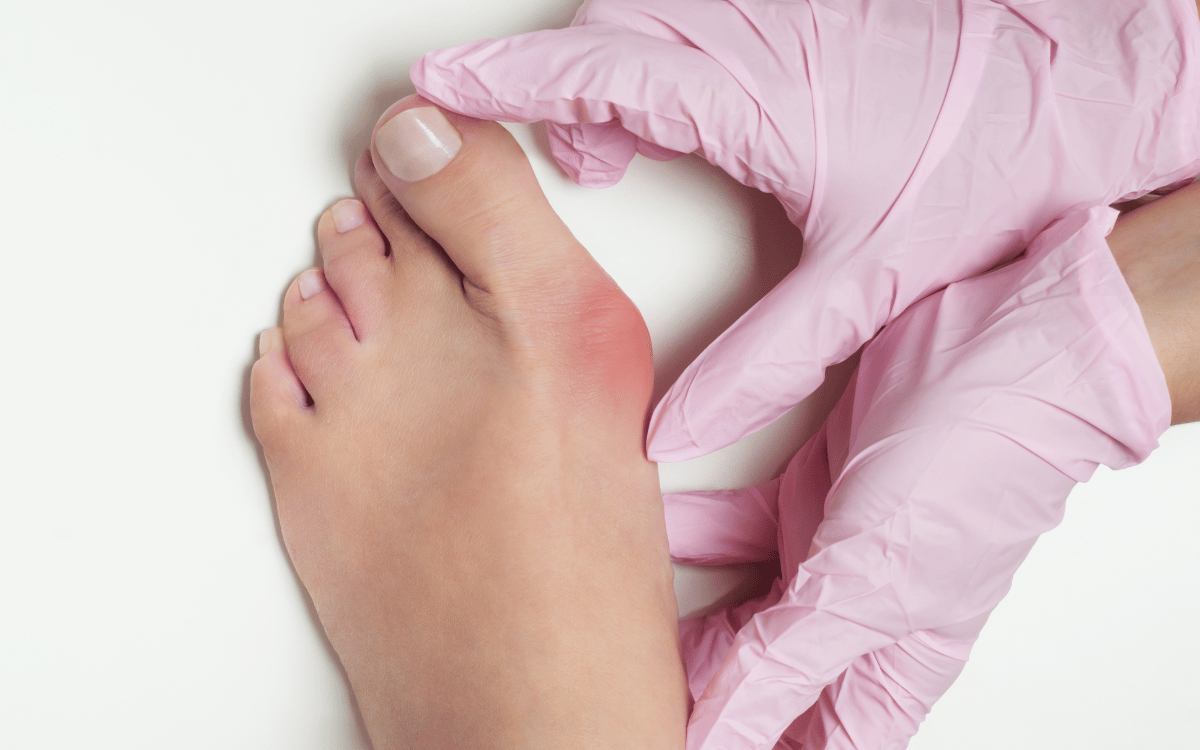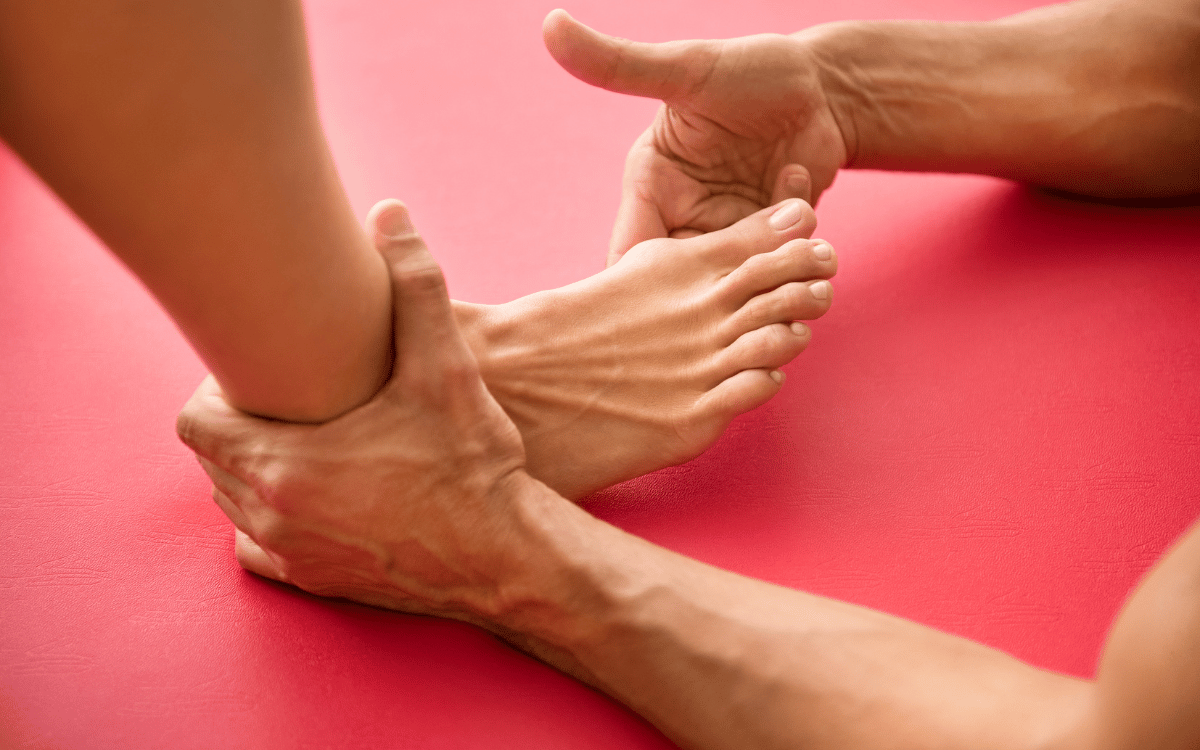1. Start slowly, then build
The amount you should exercise to begin with depends on your level of fitness. As a general rule, try to do approximately 10% more a week; say you currently walk for half an hour a day, and feel that you can increase to 33 minutes, then 36 minutes, and so on.
As a podiatrist, I get asked a lot when can a patient can run, and obviously this depends on the type and severity of an injury—if in doubt see your podiatrist. Interval training works well when reintroducing patients back to running, or if you haven’t run for an extended period of time. The advantages of interval training are well documented for fitness and weight loss. For injury prevention and reduction in foot pain, podiatry research tells us that people maintain a much better postural position, and as a result are not as prone to injury when running intervals.
We have a great article on interval training you can read about here.
2. Biomechanics
Biomechanics refers to the way your body moves through a particular movement; in podiatry we are most concerned with the movement during running, walking, and/or squatting. People with poor biomechanics have a much higher likelihood for injury and foot pain. Not only that, they tend to tire very quickly, and they find exercising frustrating because they cannot attain the gains that others with better biomechanics may be able to achieve. If you aren’t sure I suggest you get a podiatrist to check your biomechanics, as it’s much easier to prevent an injury than heal one; when starting a new exercise regime, the last thing you want is an injury to halt your momentum.
3. Stretch
Recent podiatry studies suggest poor flexibility is one of the leading cause of injury in active people, and stretching is easily overlooked. When exercising, warm up with a light amount of exercise for five minutes, then a stretch for each major muscle group that you will be using most during your workout. For walking and running this would include stretching hip flexors, hamstrings, quadriceps, and calves. We have great stretches for each at the end of this article.
4. Treat symptoms
If you do start to get any foot pain, heel pain and leg pain it is important that you get it treated promptly—generally, any niggling foot pain that lasts longer than 2 weeks needs to be treated by a podiatrist, otherwise there is a legitimate risk that it will turn into a much bigger issue. If suffering from intense foot pain, don’t wait—see your podiatrist ASAP. Treating foot pain and heel pain as soon as possible will allow you to continue your exercise program and not lose any progress you have made.
5. R.I.C.E.R
It is important that in the initial stages—before you seek treatment from your podiatrist—that you treat the injury immediately:
Rest: If something does happen, stay off the affected area ASAP.
Ice: Ice the area for 20 minutes, every 2 hours, for the first 48-72 hours; be aware not to put the ice directly on the skin. After this time period heat is recommended at similar intervals.
Compression: For the type of podiatry injury we are talking about here, try a compression garment or strapping the area. It can be difficult to know how to strap an area properly, so I would suggest going to the chemist and seeing if they sell the specific garment. This helps maintain function and reduce inflammation.
Elevation: Keep the area up while resting—most of us have limited time to do this, but the advantage is that it will reduce inflammation.
Referral: If you have an injury, give Sydney Foot Solutions, your local podiatrist, a call on 8966-9300. We treat most podiatry injuries from the hip down. If not in that area, we can still advise on where your needs may best be addressed.
Stretches
Do these stretches at the start of exercise, and importantly repeat them during the warm down. It will not only help to avoid injury but also reduce muscle soreness, which unfortunately is a fact of life when starting and new exercise program.
1. Hip Flexors
Placing one knee on the ground under you, step the opposite leg out in front so your thigh is perpendicular to the ground and knee is at a right angle. With hips straight lean toward the front leg so it becomes an acute angle. You will feel the stretch in the front thigh and hip. Flex your bottom muscles and tighten core to improve the stretch. Hold for 60 seconds. Perform 2 times each side.
Be aware that that anyone with knee pain needs to be wary and if anything hurt—that doesn’t feel like a stretch—discontinue, and ask a podiatrist to show you another stretch.

Hip Flexors
2. Hamstrings
Hamstrings: Find a step about knee height, like a bench. Lift one leg up on the step, straight, with the heel resting on the surface. Keep your leg on the ground slightly bent and back straight. Lean forward, bending from your hips, and feel the stretch in your hamstrings. Hold for 30 seconds; perform 2 times each side.

Hamstring Stretch
3. Quadriceps
Standing on one leg flex the opposite leg so that it is touching your bottom. You should feel the stretch on the front of the flexed leg from the knee to the hip. Hold for 30 seconds; perform 2 times each side.

Quad Stretch
4. Calves
This stretch is only for the bigger of the two muscles (gastrocenicimus), saving you time and increasing your compliance. If experiencing calve or Achilles soreness, be sure to let your podiatrist know so we can tailor your stretching program.
Against a wall, stand with one foot in front of the other, about 50cm apart from toe to heel. Lean forward, keeping feet flat, so that you feel a stretch in the back calf and leg. Hold for 30 seconds; perform 2 times each side.

Calve Stretch
5. Gluteals
Lie on your back (bed is fine) and bring one leg up to your chest with your hands over your knee. You will feel the stretch in the buttock and rear of your thigh. Hold for 30 seconds; perform 2 times each side.

Gluteal Stretch



